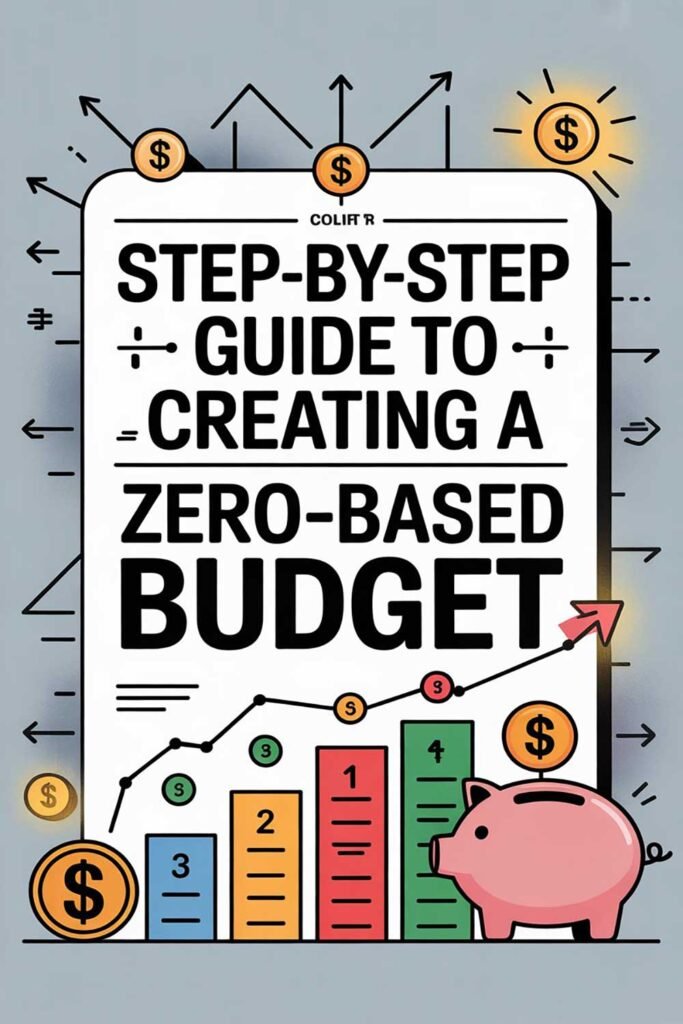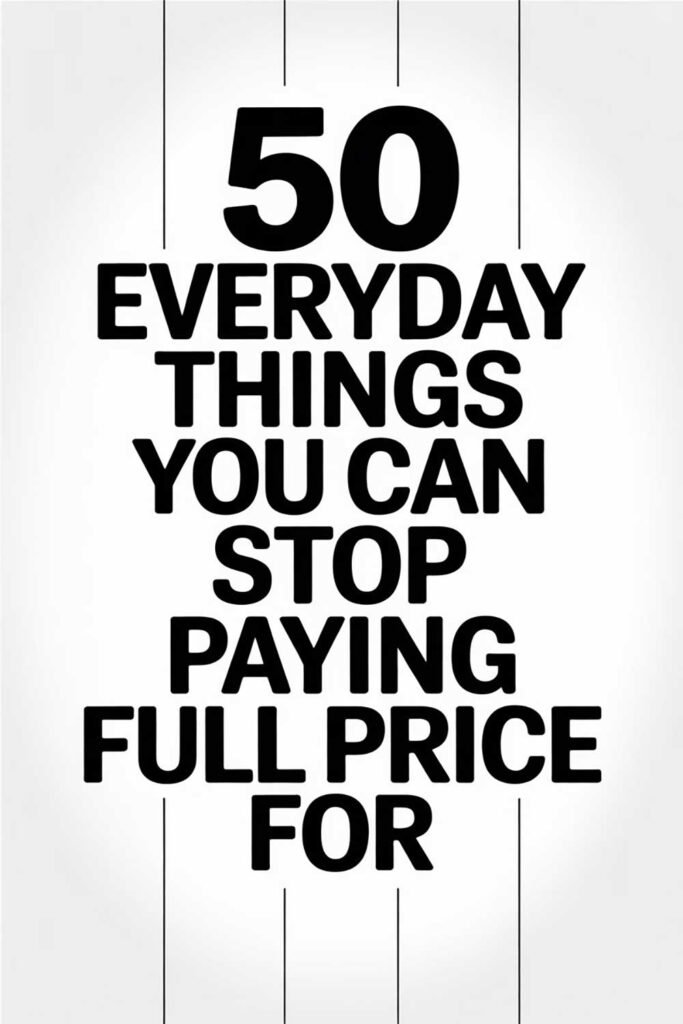
How to Prioritize Tasks Like a Productivity Pro In 2025: Conquering Your To-Do List
In the relentless cascade of modern life, our to-do lists often resemble a hydra: for every task you complete, two more seem to spring up in its place. The feeling of overwhelm is ubiquitous, as urgent demands from work, family, and personal aspirations clamor for attention. Without a clear system for prioritization, we often find ourselves reacting to the loudest voice, getting bogged down in busywork, and leaving truly important tasks to languish. This leads to missed opportunities, increased stress, and a pervasive sense of never quite getting ahead.
Mastering the art of task prioritization is not merely a productivity hack; it’s a fundamental skill that transforms chaos into clarity, frantic activity into focused progress, and stress into a sense of calm control. It’s about making intentional choices about where to direct your precious time and energy, ensuring you’re always working on what truly matters, not just what’s urgent. This skill is critical for any high-achiever, whether you’re managing complex projects or simply trying to make how to make every day feel more meaningful by focusing on core values.
This article will equip you with the strategies and mindset of a productivity pro, guiding you on how to effectively prioritize tasks in 2025 to achieve your most important goals, reduce overwhelm, and find greater balance in your life.
The Prioritization Problem: Why Our Brains Get Stuck
Our natural inclination often leads us astray when it comes to prioritizing:
- Urgency Bias: We tend to tackle urgent tasks first, even if they’re not important, because they create immediate pressure.
- Ease Bias: We pick easy, quick tasks to get a “win,” leaving the difficult, impactful ones untouched.
- Overwhelm Paralysis: When the list is too long, the brain shuts down, leading to procrastination.
- Lack of Clarity: If a task isn’t clearly defined, it’s easy to avoid starting it.
- Perfectionism: The desire for a perfect outcome can delay the start of an important task.
Effective prioritization requires stepping back, applying a strategic framework, and consciously overriding these natural tendencies.
Prioritization Strategies: Your Toolkit for Clarity and Action
These methods provide structured ways to assess your tasks and decide what to tackle first, next, or not at all.
1. The Eisenhower Matrix (Urgent/Important Matrix)
This timeless classic, popularized by Stephen Covey, categorizes tasks into four quadrants based on their urgency and importance.
- The Strategy:
- Do First: Urgent & Important (Crises, deadlines, critical problems).
- Schedule: Important & Not Urgent (Planning, prevention, relationship building, new opportunities, goal achievement). This is where your most impactful work lives.
- Delegate: Urgent & Not Important (Interruptions, some meetings, busywork).
- Eliminate: Not Urgent & Not Important (Time-wasters, distractions, busywork).
- Why it Works: It forces you to distinguish between genuine importance and mere urgency, allowing you to focus on high-impact work that moves your long-term goals forward.
- Real-Life Example: Sarah, a small business owner, used to spend her mornings putting out “fires.” Applying the Eisenhower Matrix, she started scheduling blocks for “Important & Not Urgent” tasks (like strategic planning for her home-based business opportunities) before checking emails. This shift allowed her to proactively grow her business instead of constantly reacting.
2. “Eat the Frog” Method
Tackle your most daunting or important task first thing in the morning.
- The Strategy: Identify the single most important (and often dreaded) task on your list for the day – your “frog.” Do it first, before anything else.
- Why it Works: It leverages your peak mental energy and willpower, builds immediate momentum, and ensures your most impactful work gets done before distractions set in. Everything else after feels easier.
- Real-Life Example: Mark used to put off writing complex reports until late in the day. By “eating the frog” and dedicating his first 90 minutes to the report, he found his productivity soared. Even if the rest of his day was chaotic, he knew his most critical task was complete.
3. The ABCDE Method
A simple, quick prioritization system for your to-do list.
- The Strategy: Assign a letter to each task on your list:
- A: Must do (high importance, serious consequences if not done).
- B: Should do (important, but minor consequences if not done today).
- C: Nice to do (no real consequences if not done).
- D: Delegate (can be done by someone else).
- E: Eliminate (no longer necessary or valuable).
- Then, tackle all your A’s before moving to B’s, and so on.
- Why it Works: It provides a rapid way to assess and rank tasks, making your to-do list actionable.
- Real-Life Example: Emily used this method to prioritize her daily tasks as a virtual assistant. Each morning, she’d quickly assign letters to her client requests, ensuring high-priority tasks were tackled first, while “C” tasks could wait until the end of the day or be eliminated.
4. Time Blocking & Deep Work
Allocate specific, uninterrupted blocks of time for your high-priority tasks.
- The Strategy: Look at your calendar and physically block out time segments for your most important work. Treat these blocks as sacred appointments, minimizing all distractions during these periods. This is key for the best time blocks for maximum focus and energy.
- Why it Works: It creates dedicated space for focused effort, preventing multitasking and ensuring high-impact tasks get the attention they deserve.
- Real-Life Example: David, a software developer, used time blocking to schedule 2-hour “deep work” sessions for coding. During these blocks, he closed his email, silenced his phone, and put on noise-canceling headphones. This allowed him to achieve a flow state and complete complex coding tasks much faster than when he was constantly interrupted.
5. The “Two-Minute Rule”
For those small tasks that often create mental clutter.
- The Strategy: If a task will take two minutes or less to complete, do it immediately. Don’t add it to your list; just get it done.
- Why it Works: It clears small items from your mental load, prevents tiny tasks from piling up into an overwhelming mountain, and creates a sense of immediate accomplishment.
- Real-Life Example: Liam applied this rule to emails. If he could respond to an email in under two minutes, he’d do it on the spot. This significantly reduced his inbox size and the mental energy spent remembering to reply later.
Cultivating a Prioritization Mindset for 2025
Beyond the tools and techniques, true prioritization is a mindset shift:
- Be Ruthless: You cannot do everything. Prioritization inherently means choosing what not to do.
- Review Regularly: Your priorities can shift. Revisit your list daily or weekly.
- Connect to Your “Why”: Always remind yourself why a task is important. How does it align with your long-term goals or values?
- Embrace Imperfection: The goal is consistent progress on what matters, not perfect completion of every single item. This mindset is crucial for personal development, and for example, for using how to use a habit tracker to build discipline.
- Build in Downtime: Strategic breaks and self-care are essential for maintaining focus and preventing decision fatigue. Consider your nighttime self-care to quiet your racing mind to ensure you’re refreshed for prioritizing the next day.
- Learn to Delegate: If a task is important but not urgent and not suited for you, hand it off if possible.
- Protect Your Focus: Guard your time and attention like a precious resource.
Mastering task prioritization transforms your life from a reactive sprint into a purposeful marathon. By consistently focusing your energy on what truly matters, you unlock unparalleled productivity, reduce stress, and propel yourself towards your most ambitious goals in 2025 and beyond.
20 Empowering Quotes on Prioritization and Productivity:
- “The key is not to prioritize what’s on your schedule, but to schedule your priorities.” – Stephen Covey
- “What gets measured gets managed.” – Peter Drucker
- “It’s not enough to be busy; so are the ants. The question is, what are we busy about?” – Henry David Thoreau
- “Work smarter, not harder.” – Allen F. Morgenstern
- “If it’s your job to eat a frog, it’s best to do it first thing in the morning.” – Mark Twain
- “The difference between successful people and very successful people is that very successful people say ‘no’ to almost everything.” – Warren Buffett
- “Don’t confuse activity with accomplishment.” – John Wooden
- “You don’t need more time, you just need to decide.” – Seth Godin
- “Concentration is the root of all the higher abilities in man.” – Bruce Lee
- “Efficiency is doing things right; effectiveness is doing the right things.” – Peter Drucker
- “Until we can manage time, we can manage nothing else.” – Peter Drucker
- “The essence of strategy is choosing what not to do.” – Michael Porter
- “The Pareto Principle (80/20 Rule): 80% of your results come from 20% of your efforts. Focus on the vital few.” – Vilfredo Pareto
- “The successful warrior is the average man, with laser-like focus.” – Bruce Lee
- “Most people overestimate what they can do in one year and underestimate what they can do in ten years.” – Bill Gates (Prioritize long-term projects).
- “Your habits determine your future.” – Jack Canfield (Prioritizing habits).
- “If you want to make an easy job seem hard, just keep putting off doing it.” – Olin Miller
- “Being busy is a form of laziness. Being efficient is not.” – Unknown
- “The secret of change is to focus all of your energy not on fighting the old, but on building the new.” – Socrates (Focus on high-impact tasks).
- “You can do anything, but not everything.” – David Allen
Picture This
Imagine your to-do list as a cluttered closet. Without prioritization, you just cram things in, and when you need something important, you can’t find it, or everything falls out. It’s a chaotic mess. Now, picture yourself as a professional organizer, armed with these prioritization strategies. You pull everything out, categorize it (Eisenhower Matrix), remove what’s unnecessary (Eliminate), and neatly fold what you need (Two-Minute Rule). You create dedicated sections for the most important items (Time Blocks) and label them clearly. The closet still holds many things, but now it’s functional, easy to navigate, and you can always find what matters most with minimal effort and no stress.
Share This Article
Did this article help you learn how to prioritize tasks like a productivity pro? Share it with friends, family, or on social media to help others conquer their to-do lists and achieve their goals in 2025!
Disclaimer
This article is intended for informational purposes only and provides general guidance on task prioritization and productivity strategies. Individual results may vary based on effort, personal circumstances, and underlying psychological factors. It is not a substitute for professional advice, diagnosis, or treatment for specific issues related to chronic procrastination, ADHD, anxiety, or work-life balance challenges. If you are experiencing significant or persistent difficulties, please consult with a qualified professional.






